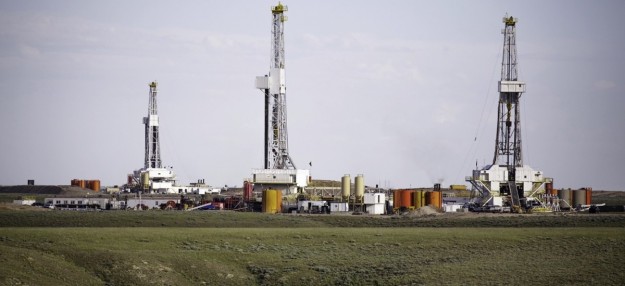David O. Williams is the editor and co-founder of RealVail.com and has had his awarding-winning work (see About Us) published in more than 75 newspapers and magazines around the world, including 5280 Magazine, American Way Magazine (American Airlines), the Anchorage Daily News (Alaska), the Anchorage Daily Press (Alaska), Aspen Daily News, Aspen Journalism, the Aspen Times, Beaver Creek Magazine, the Boulder Daily Camera, the Casper Star Tribune (Wyoming), the Chicago Tribune, Colorado Central Magazine, the Colorado Independent (formerly Colorado Confidential), Colorado Newsline, Colorado Politics (formerly the Colorado Statesman), Colorado Public News, the Colorado Springs Gazette, the Colorado Springs Independent, the Colorado Statesman (now Colorado Politics), the Colorado Times Recorder, the Cortez Journal, the Craig Daily Press, the Curry Coastal Pilot (Oregon), the Daily Trail (Vail), the Del Norte Triplicate (California), the Denver Daily News, the Denver Gazette, the Denver Post, the Durango Herald, the Eagle Valley Enterprise, the Eastside Journal (Bellevue, Washington), ESPN.com, Explore Big Sky (Mont.), the Fort Morgan Times (Colorado), the Glenwood Springs Post-Independent, the Grand Junction Daily Sentinel, the Greeley Tribune, the Huffington Post, the King County Journal (Seattle, Washington), the Kingman Daily Miner (Arizona), KUNC.org (northern Colorado), LA Weekly, the Las Vegas Sun, the Leadville Herald-Democrat, the London Daily Mirror, the Moab Times Independent (Utah), the Montgomery Journal (Maryland), the Montrose Daily Press, The New York Times, the Parent’s Handbook, Peaks Magazine (now Epic Life), People Magazine, Powder Magazine, the Pueblo Chieftain, PT Magazine, the Rio Blanco Herald Times (Colorado), Rocky Mountain Golf Magazine, the Rocky Mountain News, RouteFifty.com (formerly Government Executive State and Local), the Salt Lake Tribune, SKI Magazine, Ski Area Management, SKIING Magazine, the Sky-Hi News, the Steamboat Pilot & Today, the Sterling Journal Advocate (Colorado), the Summit Daily News, United Hemispheres (United Airlines), Vail/Beaver Creek Magazine, Vail en Español, Vail Health Magazine, Vail Valley Magazine, the Vail Daily, the Vail Trail, Westword (Denver), Writers on the Range and the Wyoming Tribune Eagle. Williams is also the founder, publisher and editor of RealVail.com and RockyMountainPost.com.



